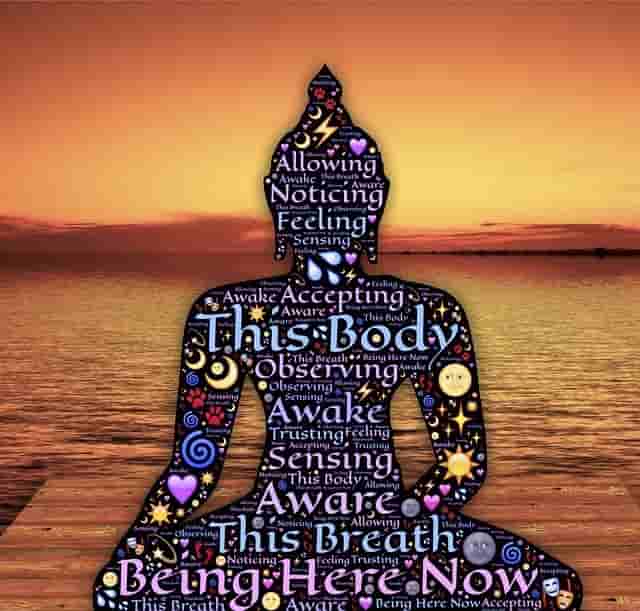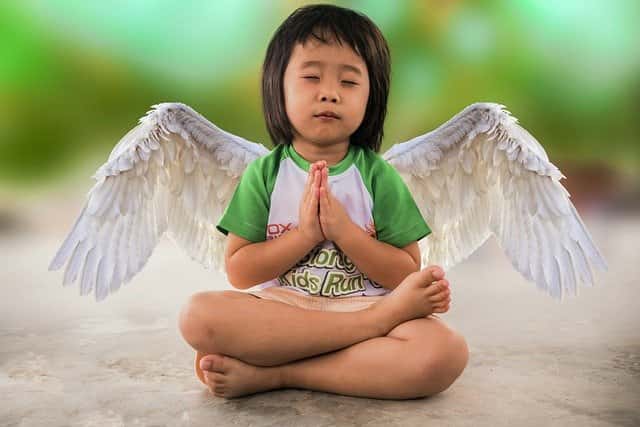WHAT IS PRANAYAMA? AND ITS BENEFITS IN LIFE
What is pranayama? – Pranayama is considered an integral part of yoga practice which comes from a Sanskrit word. It involves meditation and yoga. PRANAYAMA is the fourth limb or path of “ASHTANGA YOGA” out of eight limbs by sage PATANJALI, which is made up of two words – PRANA + AYAMA, “PRANA” means “life force” or breath and “AYAMA” means “expansion” and “control”. Pranayama is the process of controlling breathing. The person gets this life force through the breath. Air-only maintains the life of a person. According to the ancient sages, the number of breaths of each living being is fixed. If the organism spends that breath disastrously, then it loses its vitality one day and achieves premature death.
If a person meditates by controlling his breath through pranayama, then not only the duration of each breath becomes longer, but it can also increase the number of breaths in his life by increasing his physical and mental consciousness. Experiments and investigations have been done by many sages on this principle and it has also been discovered that the body and life force are destroyed only by the effect of breath.
The combination of life and breath is called PRANAYAM. Our body has a Sushumna Nadi [the central channel] in the middle of the spinal cord or middle of the subtle spine. When Pranayama is done, there is a collision of life and cold air in the Sushumna Nadi, which awakens the Kundalini Shakti [power]. When this Kundalini power awakens and enters the Sushumna Nadi and penetrates the shad-chakras [means six wheels of divine energy] and reaches Sahastrar chakra [located in the center of the cranium, between of coronal and sagittal of sutures of the skull], then the powers of man become infinite. Pranayama should be practiced in an open space. Initially, it should be done with a master. Later one can also practice alone or in public.


IMPORTANCE OF BREATHING PROCESS IN PRANAYAMA
There are various types of activities in our body, which are carried out on their own, such as heart functioning, digestive system, blood circulation in the body, etc. But there are some activities which are under our control such as speaking, lowering eyes, moving hands, and neck, etc. In all these activities, breathing is such a process, which is also automatic and we can run it more or less as needed. Therefore, the breathing process has a special place in Pranayama. The process of filling the air in the lungs by pulling the breath at a certain speed, holding it for a regular time, then leaving it at a certain speed and keeping the lungs empty of air for a certain time, then filled the air in the lungs at a certain speed. The act of repeating repeatedly for a period of time is called Pranayama.
The most important thing in the practice of Pranayama is that the breathing action should be rhythmic in one flow.
For this, Yogi’s resort to their heartbeat or clock. Breathe normally 15 times in 1 minute. In yoga, breathing is of two types – one, very slow and the other, fast. Fast breathing is called Kapalbhati pranayama. By the way, this is the action that comes under purification actions. In this, the person breathes at a very fast pace, which is about 100 to 120 per minute. Due to this activity, a large amount of carbon dioxide is released from the body and a lot of oxygen reaches the body.
Special attention should be paid to the following things while inhaling and exhaling-
- While inhaling or exhaling, the nose should be used, not the mouth.
- While breathing, the stomach and chest should swell up completely and while exhaling, the stomach and chest should be completely deflated.
- One should not make haste while breathing and exiting, that is, take it slowly and leave it slowly.
- In the beginning, 10 to 12 breaths should be taken in 1 minute. It should be increased gradually.
- Age is directly related to doing fast and slow pace of breathing process. A person of old age should practice slowly.
- Lung diseases, cough, cold, fatigue can be overcome by practicing breathing and exhaling. In the same way, new freshness also comes to the seeker.
What is a Pranayama breathing exercise?
There are some preliminary actions to be done before performing Pranayama, but first of all, it is necessary to understand the PURAK, RECHAK, and KUMBHAK these are the types of breathing technique
WHAT IS PURAK– [Inhalation through nose] When breathing is stopped by pulling in, this action is called PURAK.
WHAT IS RECHAK-[Exhalation] When the breath is exhaled, this action is called RECHAK.
WHAT IS KUMBHAK- [Breath Retention] Taking the air inside, the action of stopping the air inside is called KUMBHAK. This is of two types:-
- Antar [Internal] kumbhak– The cessation of breath when the inhalation is complete and the lungs are filled up with air
- Bahya [External] kumbhak-The cessation of breath when the exhalation is complete.
ANULOM-VILOM: –
This is a practice of breathing through the pores of the nostrils. In fact, there are two holes in the nose of humans, but both do not work equally at one time. One works fast, the other works at a moderate speed. In this practice, it is practiced to equalize the breath speed of both the nostrils.
WHAT ARE RULES OF PRACTICING PRANAYAM?
It is necessary to take special care of some things while doing pranayama. Keeping these things in mind, a person can get benefits as soon as possible.


These rules are as follows-
- The best time for practicing Pranayama is in the morning before sunrise. If not possible, do it within one hour of sunrise.
- It should be practiced in the open air.
- Pranayama should not be done under the shadow of a tree or creeper.
- Pranayama should always be done in a pollution-free place and secluded.
- There should be no Yogasanas after Pranayama. If you want to do it, then do it before the practice of Pranayama.
- Do Pranayama in Padmasana. If we cannot apply Padmasana, it can be done in Sukhasana also.
- If there is helplessness and it is to be practiced in the room, then keep the window and doors of the room open.
- Pranayama- After the daily routine, one should do an empty stomach in the morning.
- While doing It, keep the abdomen, waist, neck, spine, etc. upright.
- While doing pranayama, keep clothes as open as possible and should be loose and loose.
- If Pranayama is done in the early morning, it is very beneficial.
- Vegetarian food should be taken only after half an hour of doing pranayama.
- Do not let your mind wander during Pranayama.
WHAT ARE THE BENEFITS OF PRANAYAMA?
The person gets a lot of benefits by continuously practicing Pranayama. The benefits are as follows: –
- Pranayama exercises make the lungs flexible.
- The action of blood purification is accelerated.
- By continuous practice, the breath becomes deeper, which causes the lungs to receive more oxygen.
- By the practice of pranayama, the heart gets stronger and the toxic elements of the internal organs of the body come out.
- Constipation is eliminated by the continuous practice of pranayama. At the same time, hunger also seems more.
- By doing It, the veins are purified, the nervous system gets stronger and the body is strong and longevity.
- The brain gets unlimited strength through pranayama.
- Pranayama eliminates constipation, gas, diabetes, obesity, allergies, migraine, sexual diseases of men and women, respiratory diseases, cholesterol, cancer, etc. incurable diseases.
- Wrinkles on the face reduced facial aura, hair loss, and white, etc. can be avoided.
- By continuously practicing anger, fascination, greed, ego, etc. are destroyed.
- Kundalini Shakti is attained by awakening, refining, and penetrating the chakras.
- By internal purification, the mind becomes calm, happy, and free from negative thoughts.
- The state of Samadhi is attained by sitting continuously in the meditation posture, from which different types of siddhis [divine power] can also be achieved.
- Human immunity increases.
- With pranayama, the stool comes out of the sinus and the eyes get cold.
- Doing pranayama benefits patients suffering from high blood pressure and low blood pressure.
- It clears the cough accumulated in the windpipe and treats asthma.




